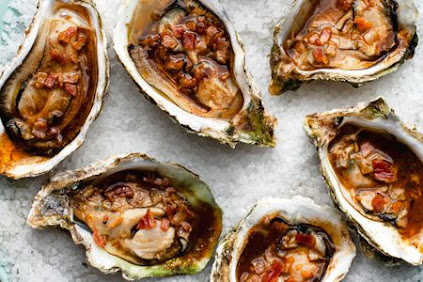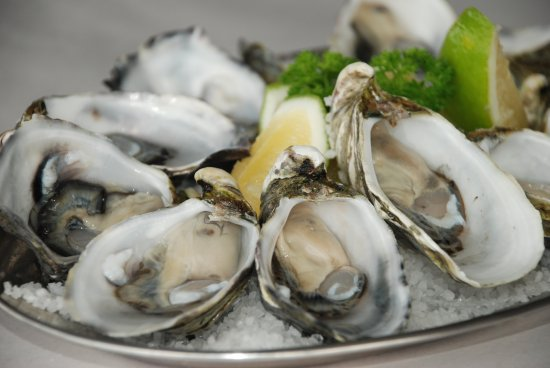Seafood for Nutritions
Light, nutritious and a highly tasty option. These are some of the numerous reasons why fish is an excellent option for your menu. In addition, as Holy Week approaches, many people who follow religious traditions eat exclusively from food at that time.
With
that in mind, we have separated several tips to keep you connected when
choosing and handling the product, whether buying it at traditional street
fairs or in supermarkets.
How
to buy frozen fish :
The
packaging must be hermetically closed and intact in order to avoid the
occurrence of contamination, deterioration and dehydration of the fish.
Fish,
like any frozen fish, should be the last purchase to make. In addition, it must
be transported in an isothermal bag and placed in the refrigerator (this depends
on whether the product will be consumed shortly after purchase or not), as soon
as it arrives home.
How
to buy fresh fish :
Give
preference to fresh whole fish, as this makes it easier to check the appearance
of the product.
Frozen
fish :
There
should be no loose ice in the packaging. If this happens, it means that there
were thermal variations (breaks in the cold chain), from the moment the product
was packaged, until the moment it arrived at the establishment of the Fish Market. The fish must have the characteristic color of the species
to which it belongs and be wrapped in a thin and homogeneous layer of ice.
Both
packed whole, as in slices or fillets, the ends should not be dry or yellow, as
these are indicators of dehydration. Bear in mind that an excessive glaze
(layer of ice around the product) can camouflage defects in the fish. The
compartment where the fish is displayed for sale must have a thermometer that
indicates the temperature. It must remain constant at least minus 18 degrees.
Fish-market
:
The
skin must be shiny and whole, without blemishes, holes and cuts. In addition,
the gills must have a bright, reddish color and must not present any mucus
(pasty liquid); Scales must be firm, resistant and shiny. Your skin should be
moist and well bonded. The eyes must be occupying the entire eye socket,
shining (clear and with bright colors). If they are deep, gray or whitish it is
a bad sign. Meat with a firm and homogeneous texture is also mandatory. When
squeezing the fish’s belly, your finger may even make a mark, but it should be
gone in a short time. The fish must also not have any strange odors (of sea
air, for example), and must present a fresh and pleasant smell.
How
to handle food:
Defrost
the fish depending on the type of preparation. If you are in a hurry, you can
put the package in cold water (1 to 2 hours), but keep it tightly closed. Do
not try to speed up the process by placing the food directly in the water, as
this will cause it to lose some of its nutrients. Never defrost the fish in hot
places (in the sun or near another source of heat), in order not to change the
texture, flavour and nutritional value.




Comments
Post a Comment